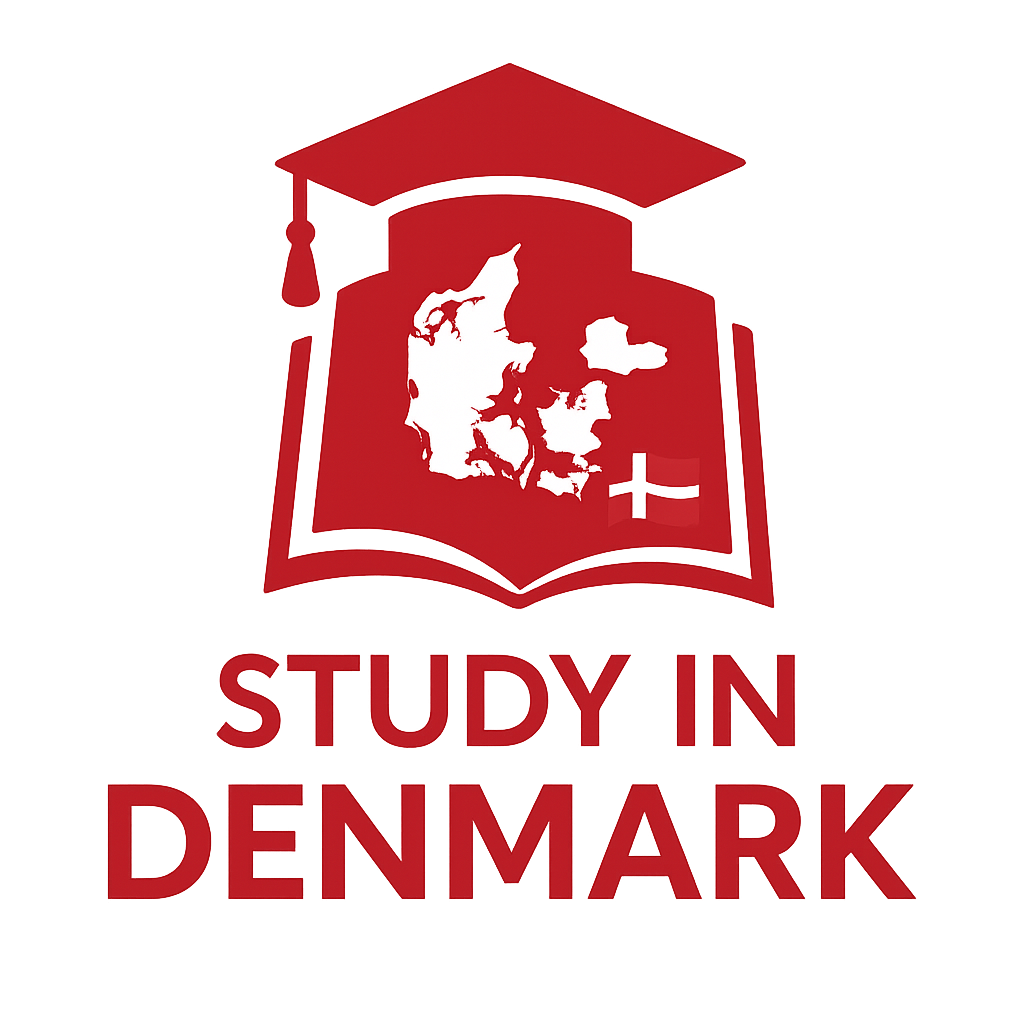A Guide to Denmark’s Most Innovative Educational Practices
Student-Centered Learning Environment
One of the hallmarks of the Danish education system is its student-centered learning approach. This method encourages active participation and promotes a relaxed and supportive atmosphere in classrooms. Open debates between students and teachers are commonplace, helping learners articulate their ideas while embracing diverse perspectives.
Key Characteristics of a Student-Centered Environment
- Open Classroom Discussions: These discussions stimulate critical thinking and enable students to analyze various viewpoints.
- Relaxed Atmosphere: A friendly learning environment that fosters creativity and self-expression.
- Collaborative Relationships: Strong partnerships between students and teachers empower learners to engage actively in their education.
This approach not only enhances students’ academic performances but also equips them with essential life skills, preparing them for a global workforce.
Focus on Teamwork and Collaboration
Teamwork is a fundamental component of the Danish educational philosophy. The curriculum emphasizes the importance of collaborative efforts alongside individual work, preparing students for real-world situations where teamwork is vital.
What Teamwork in Education Looks Like
- Frequent Group Work: Educational programs integrate group assignments, developing teamwork skills crucial for professional settings.
- Collaborative Projects: Many courses require students to work together on projects, fostering communication and interpersonal skills.
- Joint Examinations: In certain instances, exams and theses can be completed in partnership with peers, emphasizing the importance of collaboration.
This emphasis on teamwork helps build not only interpersonal skills but also a sense of community among students, preparing them for effective collaboration in their future careers.
Problem-Based Learning (PBL)
Danish higher education is distinguished by its incorporation of Problem-Based Learning (PBL), where traditional lecturing coexists with innovative, student-focused methodologies aimed at problem-solving. This educational model equips students with practical skills designed to tackle real-world challenges.
Elements of Problem-Based Learning
- Experiential Learning: Students engage in learning methods that foster experimentation and real-world application.
- Theoretical Knowledge Application: Knowledge acquired in the classroom is used to resolve actual problems, enhancing the learning experience.
- Creative Solution Development: Students are encouraged to think outside the box to create innovative solutions to complex issues.
Critically, this method nurtures analytical thinking from early education levels, flowing into higher education, thus fostering a culture of innovation.
Industry Collaboration and Real-World Experience
A defining characteristic of Danish higher education is its robust relationship between academia and industry. Many educational programs include opportunities for credit-earning internships and collaborations with businesses, providing students invaluable industry insights.
Benefits of Industry Collaboration
- Real-World Knowledge Application: Students can apply their academic learning in professional contexts, enhancing their understanding and experience.
- Exposure to Industry Practices: Engaging with industry professionals ensures students remain updated on current standards and methodologies.
- Networking Opportunities: These collaborations facilitate connections that can be instrumental for students’ future employment prospects.
By fostering these industry connections, Danish education not only prepares students academically but also equips them with the practical skills and networks that are crucial in today’s job market.
Global Perspective and Innovative Solutions
Danish higher education institutions emphasize a global perspective through numerous partnerships with international educational institutions, public research entities, and businesses. These networks ensure that education in Denmark remains cutting-edge and relevant to an increasingly interconnected world.
Advantages of a Global Perspective
- International Exposure: Interacting with peers from around the globe provides diverse viewpoints and enriches the educational experience.
- Solutions to Global Challenges: Coursework often focuses on developing solutions that address pressing global issues, preparing students for careers with international impact.
- Global Skill Development: Training in a multicultural environment helps students acquire skills that are critical for success in a global career landscape.
This global focus further solidifies Denmark’s position as a leader in innovation and excellence in education.
Conclusion
Denmark’s innovative educational practices cultivate an environment where students not only gain academic proficiency but also develop essential practical skills, creative thinking capabilities, and collaborative competence. With over 600 English-taught programs available at various institutions, international students have numerous opportunities to immerse themselves in these distinctive educational practices.
By choosing to study in Denmark, students can unlock their potential, benefiting from a holistic and internationally recognized educational framework. If you or your organization is interested in learning more about Denmark’s educational offerings or exploring partnership opportunities, please feel free to contact us for more information. Denmark welcomes the world’s students with open arms, encouraging them to become global citizens equipped to thrive in diverse environments.
Take the Next Step with Study in Denmark
We invite you to explore further educational opportunities in Denmark that align with your career aspirations and academic goals.


